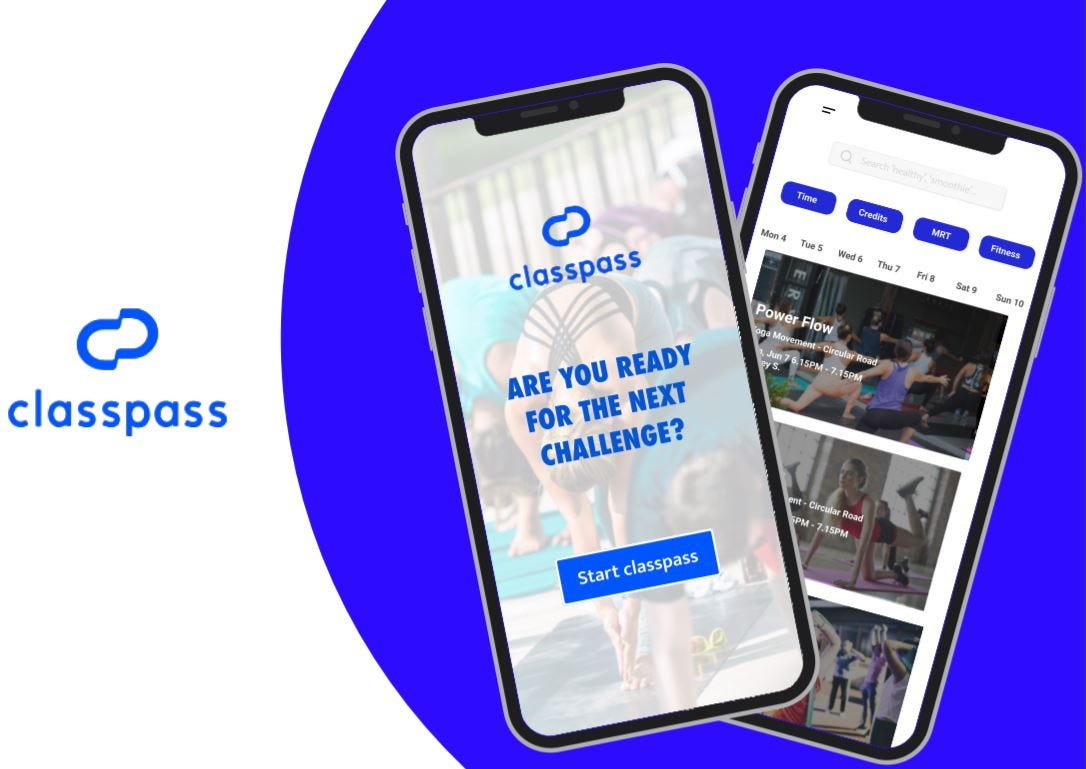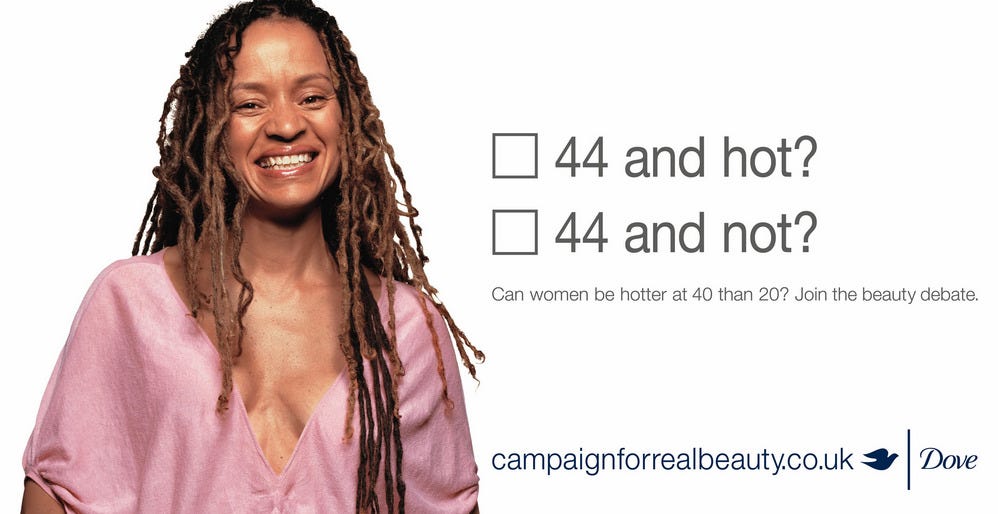18. Humanizing Marketing - WTF does it even mean?
10 ways marketers can ensure their brands remain deeply invested in the humans they serve.
Mark Ritson, who is one of my marketing idols, once called Humaning the biggest marketing bullshit ever.
So when I started this newsletter with the call to action - Make Marketing More Human Again, I wondered if Mark Ritson would approve.
It started with the idea that as marketers become more data-driven (and that’s a good thing), sometimes we tend to lose sight of the essence of marketing - the humans we seek to serve.
How do we ensure that, while we leverage data, AI, and all the other modern tools at our disposal, we remain human-centric?
Here are 10 ways we can ‘humanize’ our work with examples of brands I think do a great job at it -
Under your consumer’s psychology: What are their needs, challenges, jobs to be done, pain points, life goals, values, and decision-making processes?
Surveys and market research help you understand your customer, but nothing beats speaking to them directly and observing their daily life (ethnography).
In 2013, Payal Kadakia started Classtivity, a search engine for fitness classes. The app struggled to engage users, leading Kadakia to discover that while many people wanted to try different fitness classes, high costs and the commitment required at single studios were significant barriers.
This key insight led to the creation of ClassPass—a subscription service that lets you experience multiple venues for a single monthly fee. This pivot addressed customer pain points effectively, filling a market gap and transforming ClassPass into a unicorn.Tell stories: When communicating to the market, craft narratives that evoke emotion and demonstrate to the customer that you understand them.
Apple’s 1984 Super Bowl commercial is iconic for painting the picture of what the future would mean for its users.
I also love the latest Apple ad on its sustainability practices, which shows Mother Nature in person attending a meeting with its leadership, starring Tim Cook himself!Treat Every Customer as Unique: Data and technology are powerful allies for humanising marketing if we can leverage them well to treat each customer as unique. Amazon excels at using customer data to tailor the shopping experience uniquely to each user. When a customer visits Amazon's website, they are greeted with recommendations based on their browsing history, past purchases, and items frequently bought together.
Be authentic: This requires sincere brand messaging and transparency in customer communications. Patagonia's commitment to authenticity is evident in its "Don't Buy This Jacket" campaign, which urged consumers to reconsider purchasing new products to reduce environmental impact. The Whole Truth is a Food brand committed to transparency in its ingredients. declares every ingredient that goes into its front on its packaging.
Build Community: Communities around brands create a sense of belonging and give consumers an opportunity to share their feedback and learn from the experiences of other users. For Monzo Bank, the community is at the core of its brand. It launched its app with a Beta program inviting users to help shape its services by providing feedback and participating in testing new features. Even the name Monzo was chosen through community content.
Show real empathy: This means truly caring about the customer’s experiences and challenges. It goes beyond simply acknowledging another person's hardships and providing comfort. Empathy for someone means understanding what walking in their shoes means. Dove's "Real Beauty" campaign was based on a global study that revealed only 2% of women considered themselves beautiful. In response, Dove featured real women of diverse ages, sizes, and ethnic backgrounds in their ads, challenging conventional beauty standards and promoting self-esteem. By focusing on real stories and genuine experiences, Dove connected emotionally with its audience.
Be inclusive: A target market is rarely homogenous. Recognize and highlight the diversity that exists in the target market. Ben & Jerry's exemplified this by supporting marriage equality by renaming its "Chubby Hubby" flavor to "Hubby Hubby" in 2009.
Act on customer feedback: Zappos, an online shoe and clothing retailer, is renowned for its exceptional customer service. The company prioritizes customer needs, feedback, and experiences at the core of its business model. The company offers a 365-day return policy and free shipping, both ways to make online shopping risk-free and convenient for customers. Zappos empowers its customer service representatives to go above and beyond to satisfy customers, including sending flowers or pizza to enhance the customer experience and resolve issues.
Solve Real Problems: During the COVID-19 pandemic, Airbnb quickly recognized the shift in travel preferences towards local and safer destinations. In response, they introduced "Online Experiences" to allow hosts to continue earning and guests to enjoy unique activities from home. Furthermore, they refined their search and booking features to highlight homes with flexible cancellation policies and those ideal for remote work, addressing the new norms of travel and work. Changing trends give rise to new challenges and new consumer behaviors - be agile to be able to respond to these changing needs.
Be ethical: Respect consumer privacy, avoid manipulative tactics, and be socially responsible in your messaging. While data is power, with great power comes great responsibility. Apple has long been a champion of user privacy saying that “Privacy is a fundamental human right”. On iPhone, you have to give explicit consent to share your data with 3rd party apps; it masks your email IDs when logging into third-party apps, and many such features. It famously declined to even help the FBI in accessing a user’s information.












